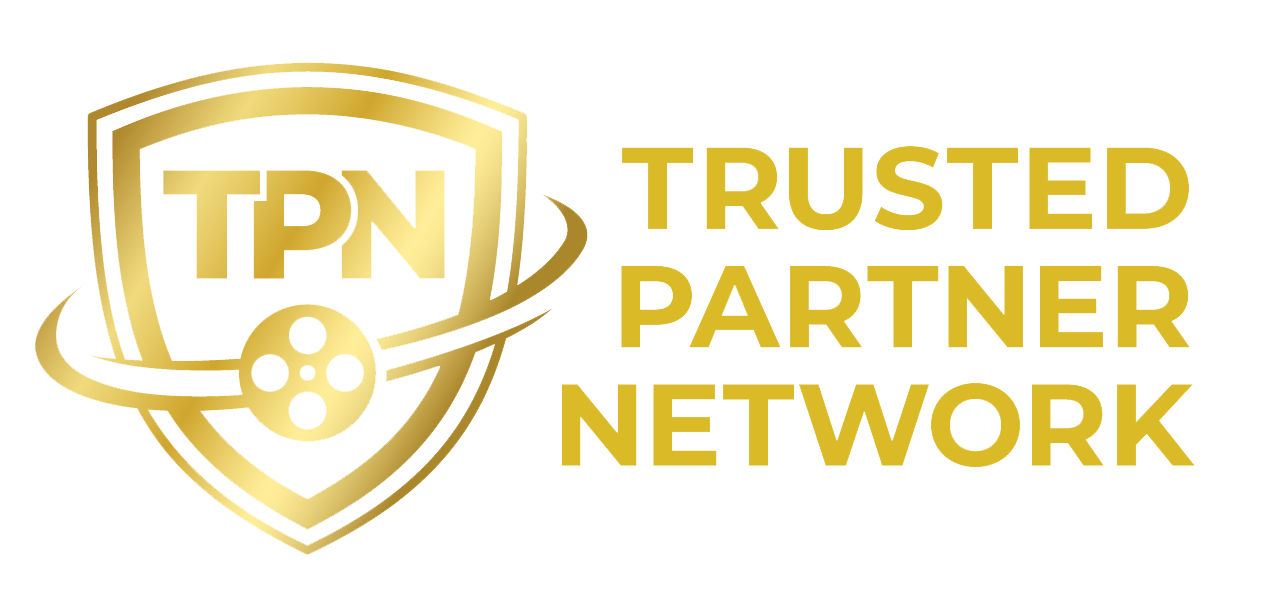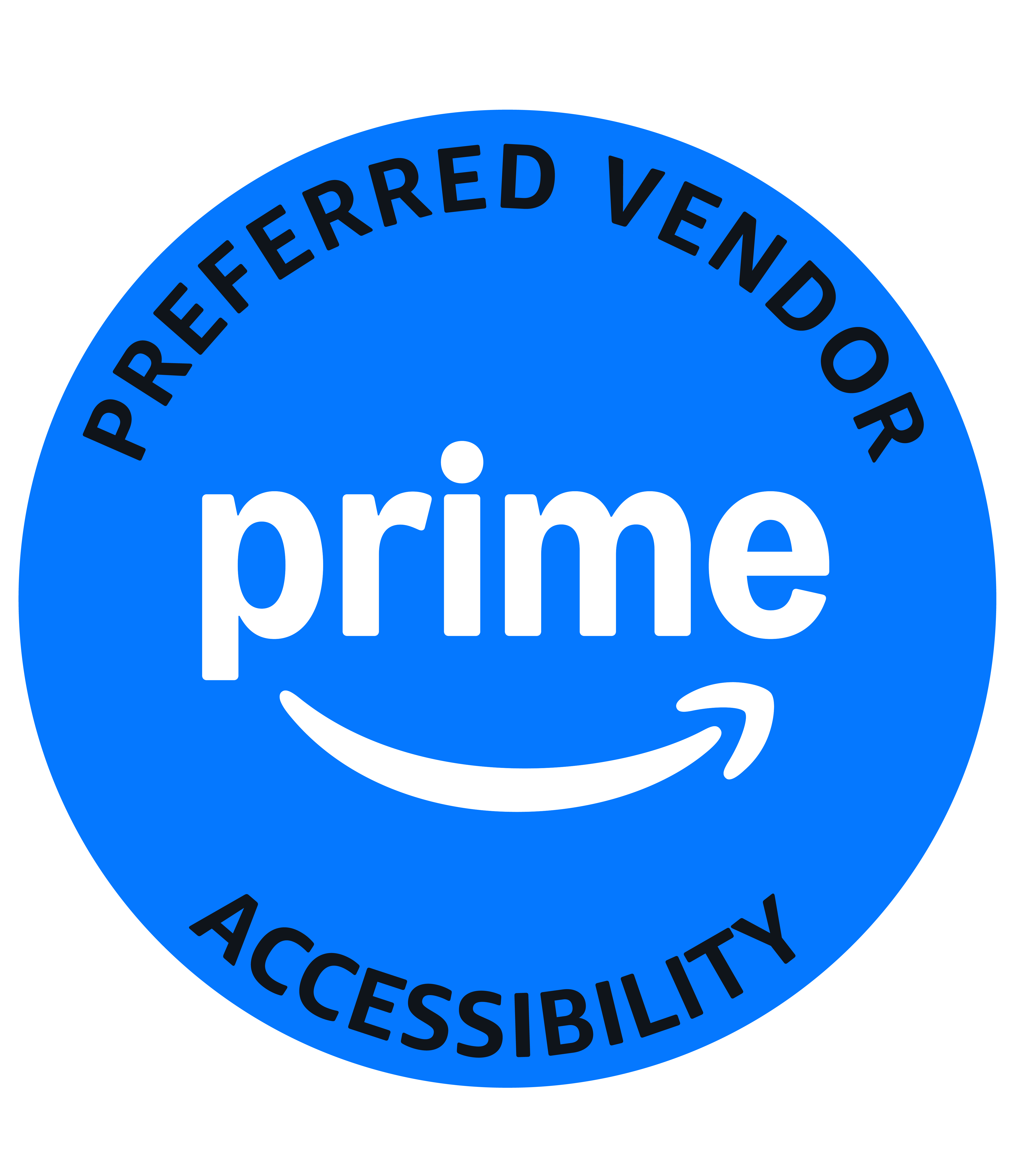
Most major studios have audio description tracks professionally recorded for their movies.
In the past, if the cinema installed the equipment necessary to offer audio description, it was only available at one of the theatres within the multiplex cinemas. With the advent of digital projection and a DOJ (Department of Justice) ruling, now all projectors have audio description. You should be able to listen to description on any movie screen.
To access audio description, ask for an audio description headset when you purchase your ticket at the box office.
This is still an evolving technology, so there may be some difficulty getting reliable service. Check with your local theatre to see whether they offer audio description. If not, pressure them to do so! Many theatre chains, such as Regal, also offer separate online listings showing which movies have audio description tracks.
The website captionfish.com also offers a list of local described movies; you can use their filter to select Descriptive Video only.
Note that the conversion to digital projection equipment, which allows the reception of description on all screens, is an ongoing process. Older movie theatres may not have this new technology yet. Legally, they had until June 2018 to comply with the DOJ mandate. Thanks to ADA-related lawsuits that have been filed and won across the country, it's a safe bet that new theatres are installing digital equipment to receive description. AMC, Cinemark, and Regal are leaders in providing this service. One caution: when you are handed your headset, you need to make sure you weren't given an Assisted Listening Device (ALD) headset for people who are hearing-impaired! You don't want an ALD headset: you want the audio description headset. Sometimes the same headset (typically with two earpieces) is used for AD and ALD with just a setting change on the receiver, and sometimes physically different headsets are used (typically one earpiece for AD and two earpieces for ALD).
Once you get the right headset, you'll find you'll remember what the right head-set feels like, handy for next time. It will feel exactly the same as the one you used before. If not, be sure to get that straightened out before you go into the theatre. In general, ALD headsets amplify all sound coming from the projected movie, while the audio description headset will only offer the alternate soundtrack for the main feature. So if previews start and you hear the soundtrack in your headset, it is probably the wrong type of headset.
There is one other option for movie audio description: It’s a free iPhone or Android App called Actiview.
They offer over 30 free AD tracks for both current and past movies. You can download an AD track, go to the movie theater, and listen using your own smartphone and earphones. If you later find the movie available on a streaming service or TV, you can do the same at home. This presents an interesting option for people who need AD to listen to it while others in the same room listen to the regular sound track. Again, the App is called Actiview.
This article is part of the Audio Description series by Fred Brack, Webmaster for the Audio Description Project. You are welcome to print, post and redistribute this document as you see fit, keeping in mind that it is updated periodically. This is version 5, dated January 2019.




